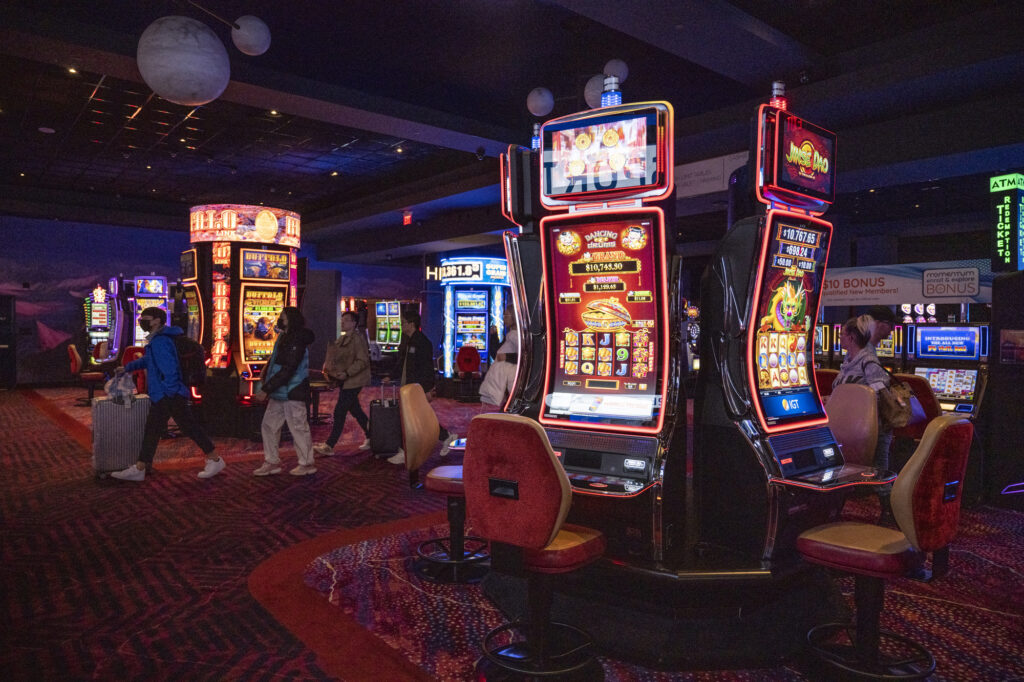
Gambling games have long captivated the human imagination, drawing participants into a universe filled with luck, strategy, and the allure of adventure. Each activity is carefully crafted not just for enjoyment, but also to evoke specific emotional responses that keep players engaged and invested. Understanding the reasons behind these designs reveals much about how behavioral psychology plays a key role in the gaming experience.
From the vivid lights and dynamic sounds to the complex layering of guidelines and payoffs, casino games are designed to create an atmosphere of excitement and expectation. Game designers leverage psychological principles to influence player behavior, whether through the use of big prizes, close-call situations, or social connections. By examining these aspects, we can better appreciate how casino games fulfill not just a need for entertainment, but more profound psychological needs for excitement and hazard.
Grasping Player Actions
Casino games are designed with a profound comprehension of player psychology, which is crucial for luring and holding players. The excitement of the game, combined with the anticipation of winning, creates a formidable allure. Game designers utilize elements like sound effects, colorful graphics, and engaging gameplay to capture attention and generate emotional responses. These sensory elements enhance the total environment, making players feel more involved in the game.
Another important aspect of player behavior is the concept of risk versus reward. Casino games often manage high-stakes situations with the potential for considerable rewards, which can result in the occurrence known as near-miss phenomenon. When players come within reach to winning, the brain secretes dopamine, reinforcing their behavior and prompting them to continue playing in search of that hard-to-reach win. This cycle of wish and disappointment plays a key role in how games are designed and promoted.
Lastly, social elements also play a central role in player behavior at casinos. Many games are designed to be played in teams or with other players, fostering a sense of community and collective experience. casino ohne OASIS The community engagement inherent in games like poker enhances enjoyment and can culminate in longer play sessions. Designers capitalize on this by creating environments that encourage players to remain, interact, and return, making the overall casino experience more inviting.
The Role of Visuals and Sound
Visuals and audio play a vital role in enhancing the gambler’s experience within casino games. Designers utilize bold colors, striking graphics, and captivating animations to capture players’ attention and sustain their interest. The use of themes, such as adventure or luxury, helps create an immersive atmosphere that transports players into another world. By connecting to the senses, these elements add to a intensified emotional response, prompting players to engage more deeply with the games.
Audio design is equally important in enhancing the experience of casino games. The combination of ambient music, sound effects for successful combinations, and ambient noises creates an auditory landscape that holds players enthralled. Audio cues associated with wins, such as ringing bells or celebratory music, evoke feelings of excitement and satisfaction, encouraging players to keep playing. These audio cues are strategically placed to enhance the thrill of the game and create a more immersive experience.
Additionally, the alignment of imagery and audio is essential for reinforcing the game’s overall concept and mood. Each element should align seamlessly to create a cohesive experience that draws players in. The effective use of this synergy not only enhances user enjoyment but also increases the chances of repeat play, as players become more engaged in the immersive world that the casino games offer. This thoughtful integration of imagery and audio ultimately enhances player involvement and commitment.
Reward Structures and Engagement
The creation of casino games greatly relies on incentive structures to keep players engaged and returning for additional experiences. These systems are rooted in behavioral theories that exploit human nature and desire. Participants are often motivated by the thrill of success, which is reinforced by instant feedback through the game’s design. This prompt satisfaction not only improves the overall experience but also fosters a sense of success, encouraging players to keep participating in hopes of greater gains.
Casinos utilize various incentive systems, including large payouts, bonuses, and increased rewards, to engage participants. These elements create a layer of excitement that maintains interest. Additionally, the randomness of outcomes plays a significant role in keeping interest. The variable reward system, where successes are random but occur often enough, keeps participants on edge and motivated to keep playing. This cycle of hope and expectation is essential to the effectiveness of gambling experiences.
Furthermore, social elements, such as tournaments and multiplayer features, enhance the participation factor by leveraging the competitive nature of players. The communal aspect of gaming with others can intensify the thrill of success and create a community atmosphere within the gaming space. By integrating these community elements with effective reward systems, gambling experiences not only offer entertainment but also nurture a stronger bond among players, solidifying their loyalty to the overall experience.
